
Published: Last Updated:
Readtime: 14 min
Every product is carefully selected by our editors and experts. If you buy from a link, we may earn a commission. Learn more. For more information on how we test products, click here.
Australia’s love affair with fragrance is only just beginning. Over the past decade, the beguiling sector has undergone a quiet transformation, sweeping from a hive of mass-market imports and celebrity-endorsed perfumes to a true boutique industry. And at its heart lies a desire for originality in storytelling.
If you ask the perfumers and fragrance experts leading the future of scent, a change is in the air. A shifting fashion climate and the rise of home-grown individualism have given way to a new form of contemporary luxury, one that isn’t as concerned with pomp as it is with provenance. As Craig Andrade, founder of craft label The Raconteur, explains, fragrance, as a category, is fast-moving from status symbol to personal expression.
“When you have a great sense of scent in your wardrobe, it becomes this beautiful, invisible communication that says so much and yet, only those who are close to you can understand what it is you’re trying to say,” Andrade says. “It is the most subtle form of self-expression; the most exquisite form of communication a man can use to say who he is.”
Adrade is one of the many boutique Australian producers helping to chart a new frontier in fragrance. The former law firm partner turned perfumer launched his business in 2019 after identifying a gap in the market for premium, artisanal scents that offered something different from the industry norm. When COVID hit just one year later, his gamble paid off.
“That moment accelerated and accentuated this heightened awareness around scent,” he tells me. “It also brought this sort of category of wellbeing, where scent could play a role in small touches to elevate your space, to the forefront. When you’re working from home, simply applying a room scent was a small ritual of self-care and something you could do at home.”
“There was a huge surge in demand; you started to see this audience that had a greater awareness and a greater level of sophistication when purchasing online. For men and for women, there was just a bigger appetite for getting into this space, and that was the tectonic shift in our industry globally, and certainly in Australia.”
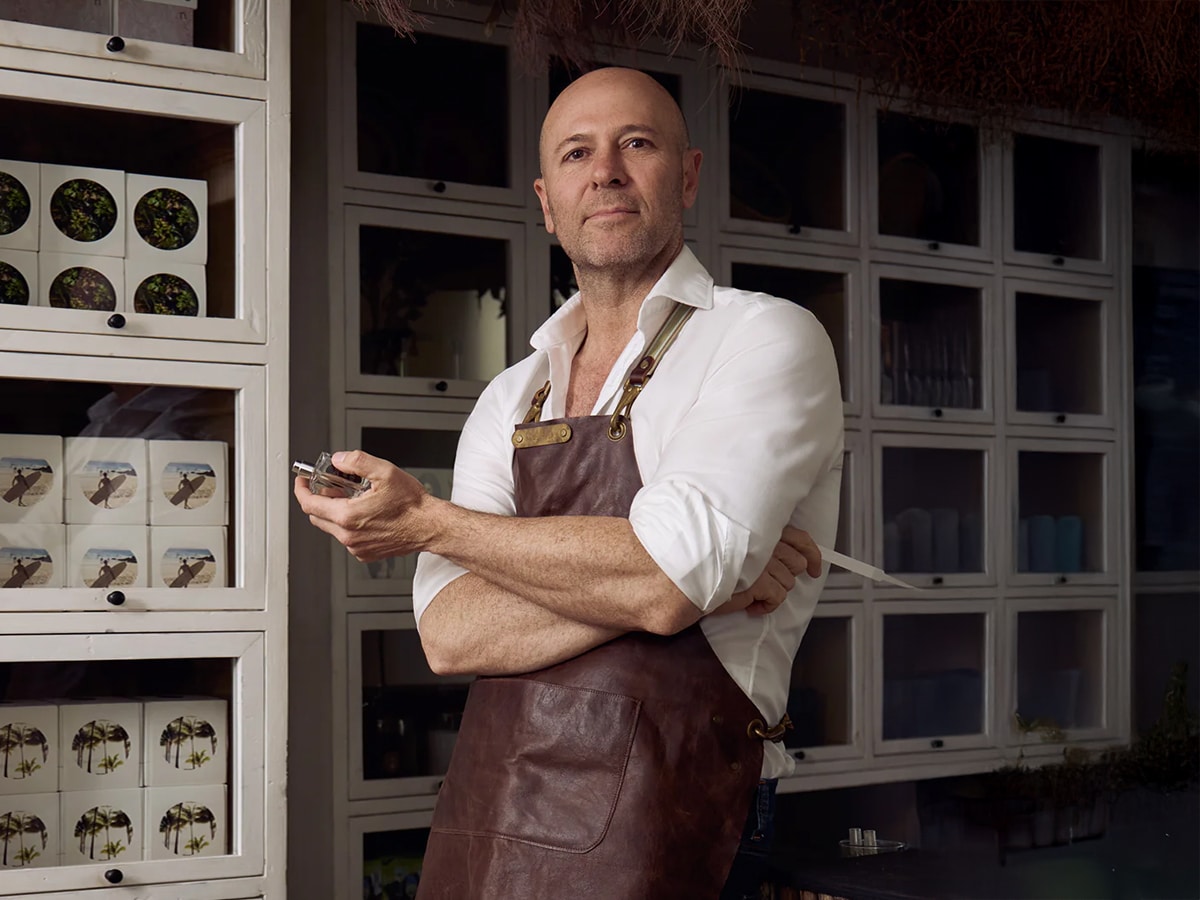
The Raconteur
| Founded: | 2019 |
| Founder: | Craig Andrade |
| Style: | Botanical, Gourmand |
| Best-Sellers: | Namedrops |
The Rise of Australian Fragrance
In the years that have passed, that heightened awareness has transformed into a bustling domestic industry that has an identity all of its own. No longer concerned with following the trends of Europe, the nation’s burgeoning network of perfumers is looking inward, drawing inspiration from the country’s unique biodiversity. From native sandalwood to Tasmanian mountain pepperberry, the focus on sustainable, naturally sourced materials is helping to cultivate a new style of fragrance that celebrates transparent, traceable, and toxin-free production.
The result is a distinctly Australian style of artisan luxury that feels personal, intimate and undeniably genuine. In fact, if you ask Dimitri Weber, founder and CEO of luxury fragrance house Goldfield & Banks, Australia offers a slice of luxury you simply can’t get anywhere else.
“European luxury is often built on heritage and formality, whereas Australian luxury feels more grounded,” Weber explains. “It’s understated, more relaxed, and often tied to nature and experience. Both have their place, but I think Australian luxury is carving out a unique and increasingly respected identity.”
“Australian consumers are more educated than ever, and they’re seeking authenticity and craftsmanship.”
“There’s also a stronger appetite for niche and artisanal brands; people want to connect with the maker, the materials, the story,” he continues. “They’re not necessarily looking for a fragrance that everyone else is wearing. They want something meaningful and rooted in story.”
Weber would know. The Belgian-born, French-raised master of perfumery emigrated to Australia while working for Cartier and fell in love with the sights and scents of the natural world. His background in the luxury space may have given him a unique perspective on the industry, but it was the raw and unabridged Australian style of luxury that prompted him to launch Goldfield & Banks in 2016.
“When I moved to Australia, I was struck by its untamed beauty and the incredible diversity of its landscapes,” Weber explains. “Yet, I noticed that no fragrance house had truly captured the essence of this continent in a luxury format. That was the beginning of Goldfield & Banks—born out of a desire to celebrate Australia’s native botanicals and olfactive identity on the global stage.”
“I understood what it takes to build a fragrance house that resonates with both retailers and consumers, and I knew the level of refinement required to play in the luxury space. That background helped shape a brand that’s creative but commercially strong.”
Goldfield & Banks
| Founded: | 2016 |
| Founder: | Dimitri Weber |
| Style: | Luxury, Botanical |
| Best-Sellers: | Pacific Rock Flower, Purple Suede |

The State of Global Fragrance
Weber’s point about commercial viability cannot be understated. In an era when cost-of-living pressures are challenging retail foot traffic, the fragrance market continues to buck the trend. Recent reports from WWD suggested that fragrance is prestige beauty’s fastest-growing category, and men are driving the surge. In the U.S., Dior Sauvage remains the top fragrance in the prestige market, while Bleu de Chanel, Valentino Born in Roma Uomo, and Yves Saint Laurent Beauté’s Myslf are also top 10 fragrances.
According to consumer insight company Statista, the global fragrances market is projected to generate revenue of USD$62.11 billion in 2025, with an expected annual growth rate of 3.31 per cent through 2030. However, unlike previous generations, the surge in interest is coming from avenues outside of the traditional high-street marketplace, with 63 per cent of the sector’s total sales likely to fall outside of the luxury space. Make no mistake, small batch production has become a booming global business.
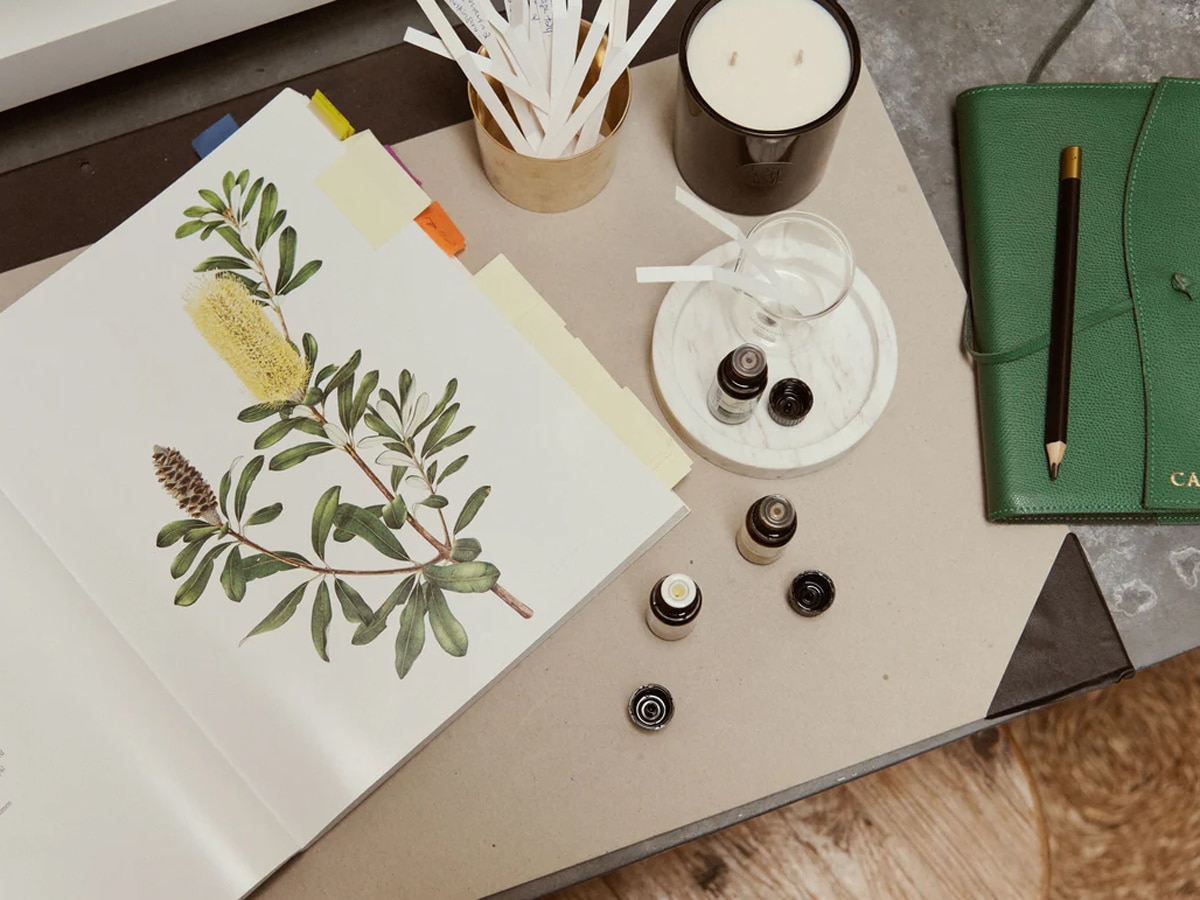
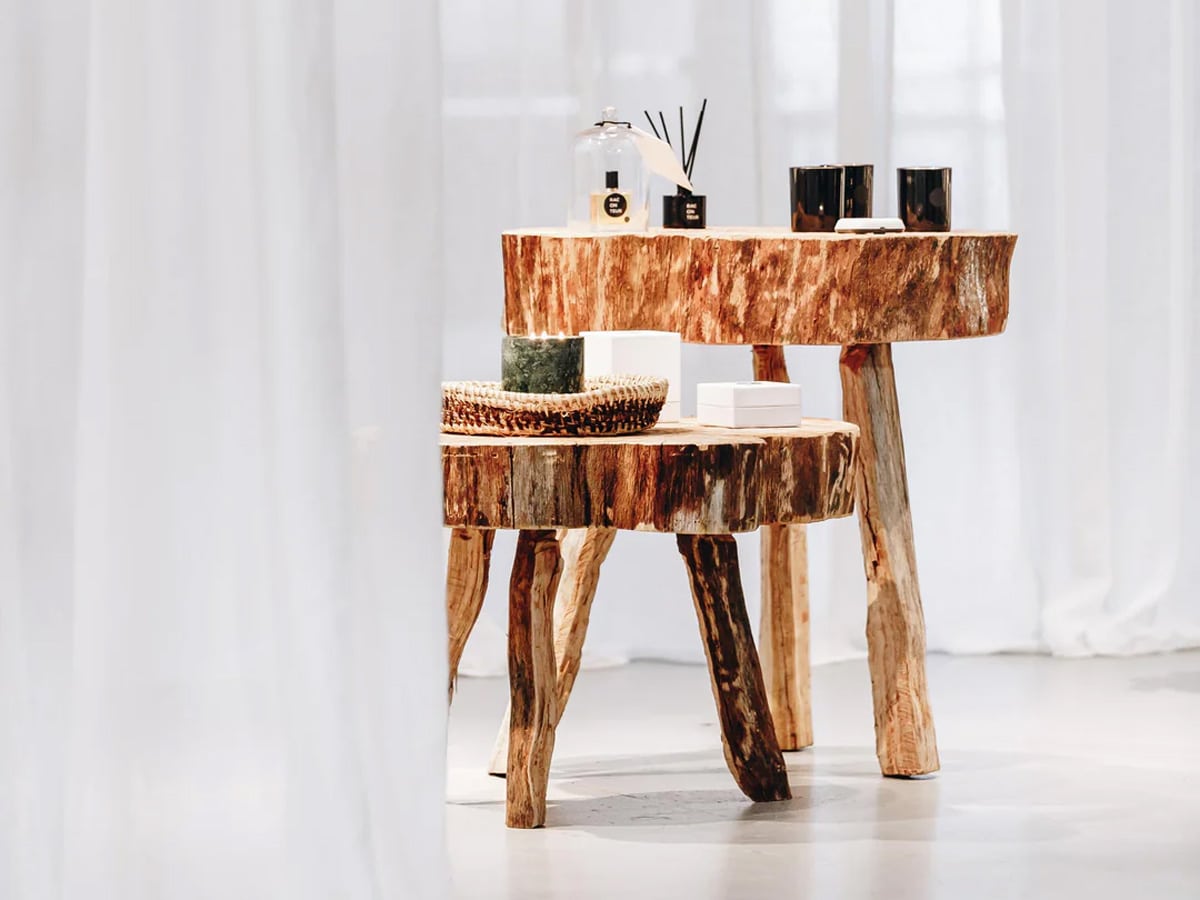
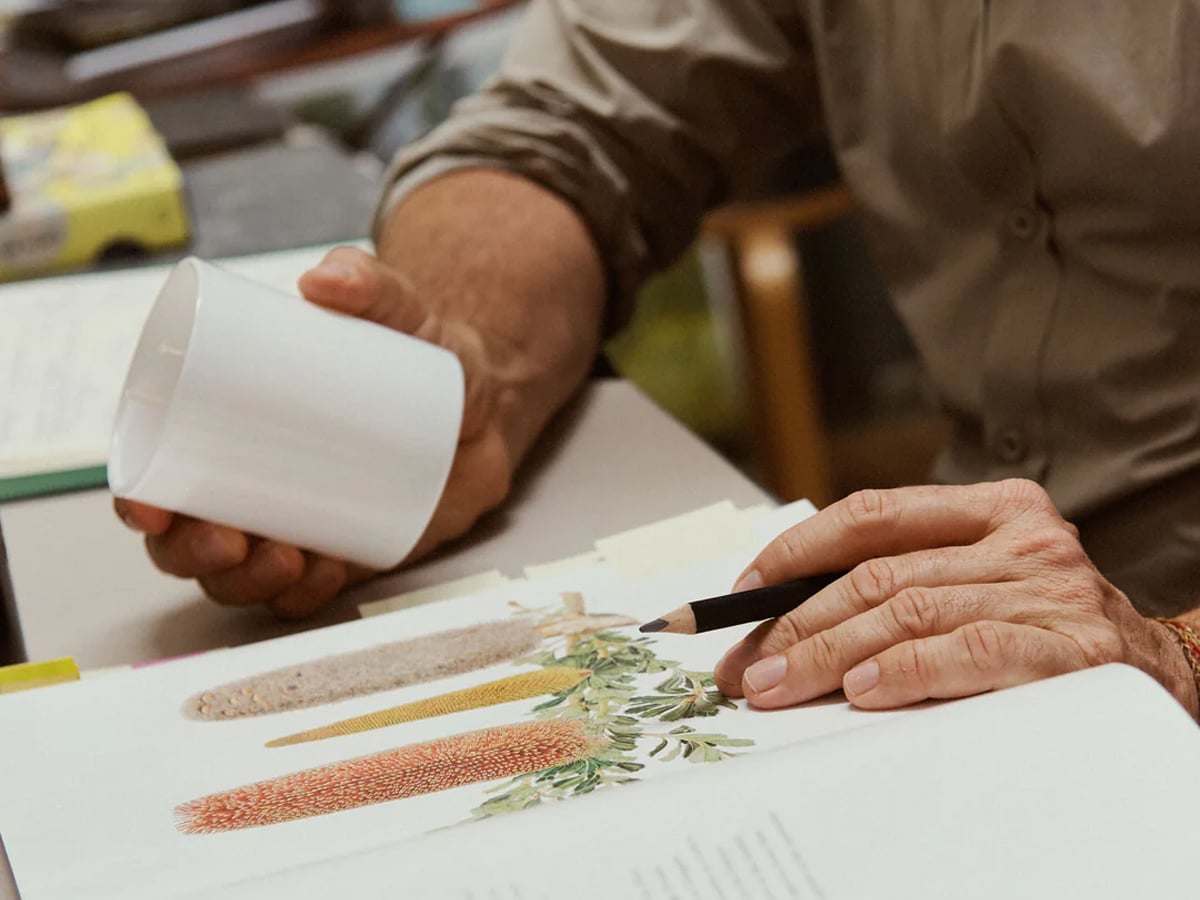
“When you look at the global market, you’ve got mass, and then within that are niche and artisanal, with luxuries sitting somewhere in that cohort,” Andrade explains. “I think the more sophisticated end of the spectrum, which isn’t necessarily luxury, but artisanal and niche, those sorts of scents and the customers who go for them tend to be more discerning. They understand which brands have an in-house perfumer and which brands are at the cutting edge of the market.”
“It’s driven, in part, by the 16- to 24-year-old male and female demographic, particularly on TikTok,” he continues. “It’s a great engine room for young boys and young girls to find this space, share their thoughts about it and get engaged with fragrance. Ultimately, that is driving a certain price point; certain economics in the industry, but it’s got this enormous energy and demand-led curiosity.”
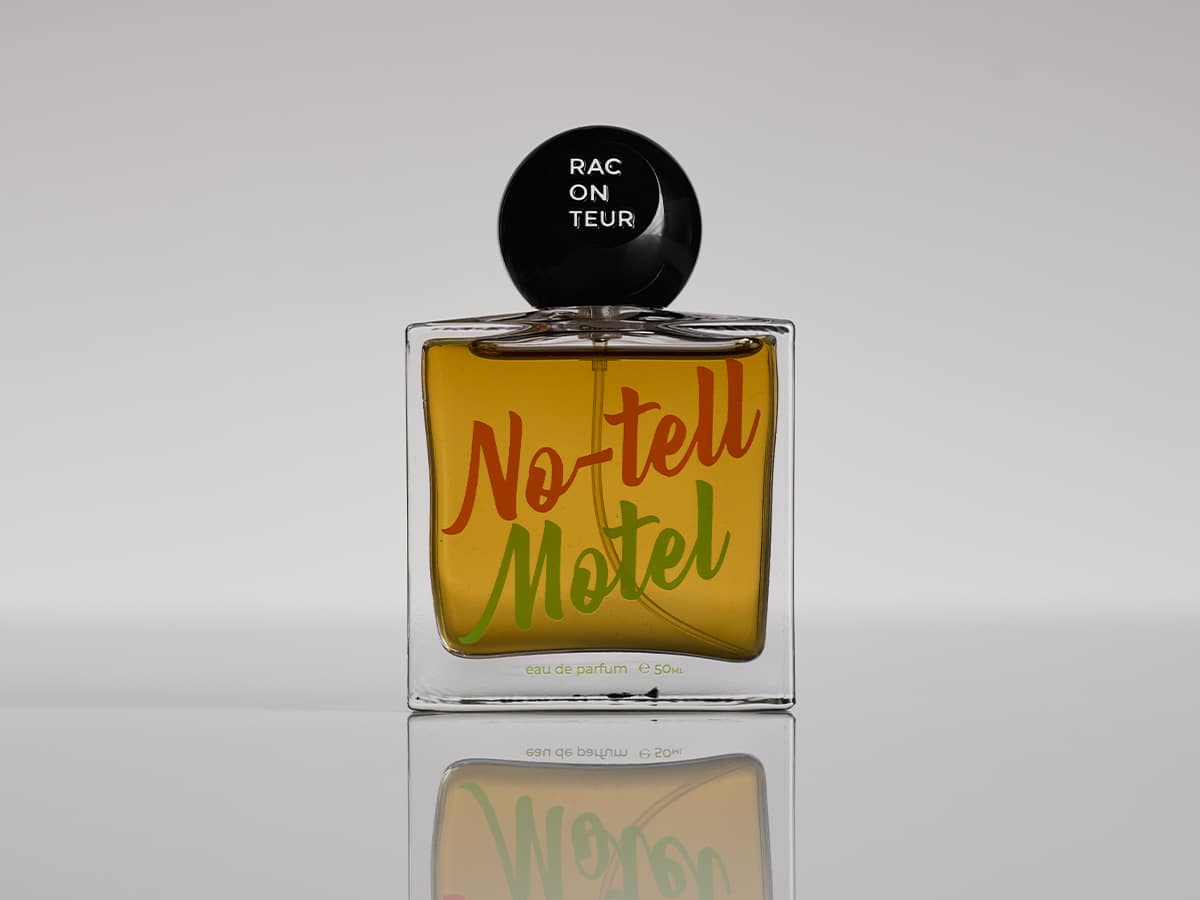
Gender-Free Approach
Gen Z’s developing interest in the sector has also led to a renewed approach to gender neutrality in marketing and manufacturing, mirroring trends seen in the fashion space. Just as designers increasingly reject the traditional distinctions between male and female clothing, fragrance makers like The Raconteur’s Craig Andrade are stepping away from the established framework.
“It’s about tackling the fragrance industry and the marketing departments of the major oil houses, which basically pigeonholed everybody and said, ‘These are your boxes. These are your lanes, this is for men, this is for women, and you don’t stray in between’. All of that is being turned on its head,” Andrade says.
“There’s this really big movement at the moment centred around the idea that men can wear florals, women can wear woody scents, and everything in between is fair game. Design-wise, the gender neutral palette is ultimately where a lot of scents tend to morph. I don’t design with gender in mind specifically…we think that anybody should be able to wear whatever they want.”
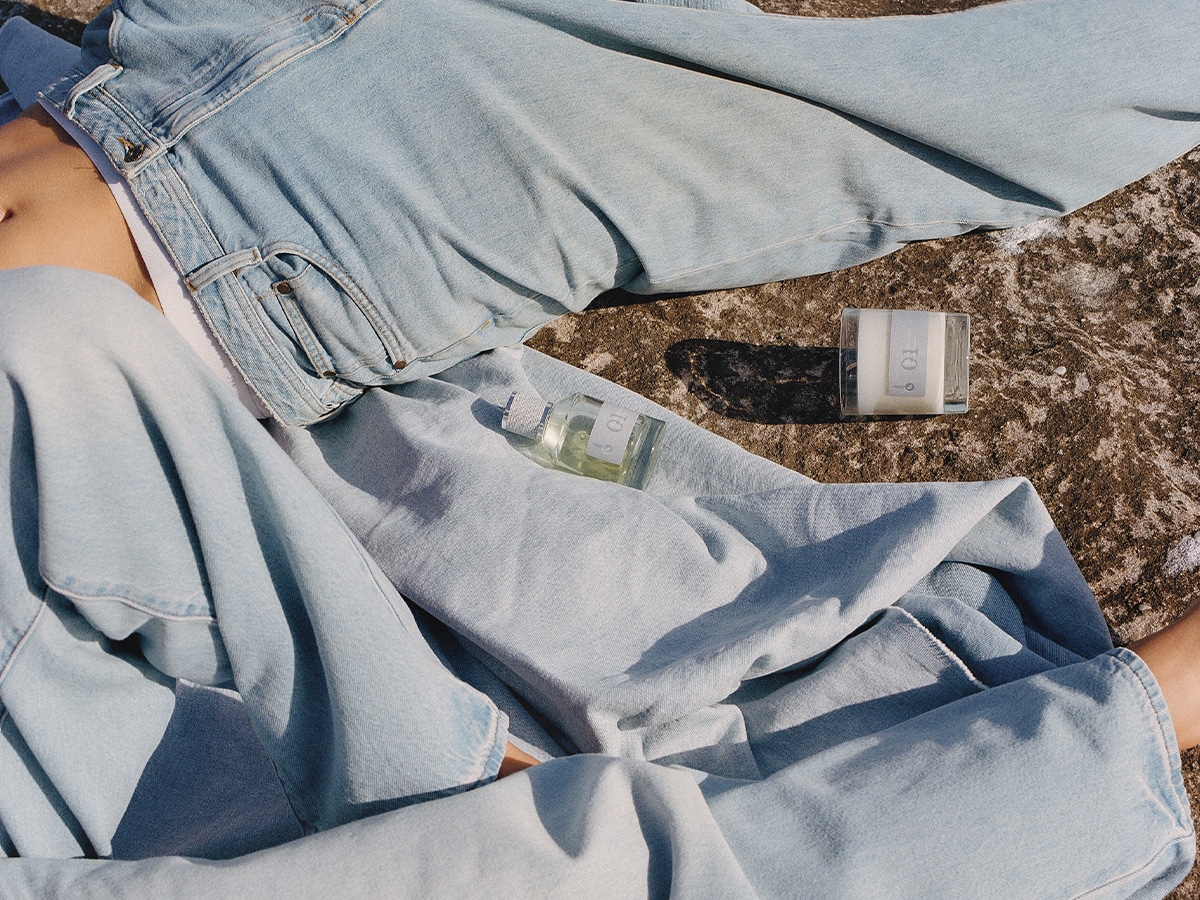
Consumers agree. Genderless scents are proving to be the sector’s most important growth prospect, with many female customers opting for traditionally masculine woody and oud notes, while more and more men are embracing floral undertones. This radical shift in consumer preferences is opening pathways for new and emerging scents, like Ed Hansen’s (S)MER, to make a big splash on the domestic market.
The interior design specialist launched his fragrance house earlier this year, capturing a unique sense of time and place. As Hansen describes, (S)MER was born out of a desire to build a fragrance that enveloped the entire sensory experience of comfort.
“I started (S)MER because I saw how scent was becoming a bigger part of the interiors world and I’ve always loved how powerful it can be,” he says. “Fragrance has this wild ability to bring back memories in full colour. It’s not just a smell, it’s a feeling. For me, (S)MER started with the home, but as I developed it, I saw a much bigger picture. I realised I could make people feel something through scent – and not just in a room, but on their skin and in their lives. I wanted to create a luxury fragrance brand built here in Sydney, in a country that isn’t exactly known for perfume. That challenge felt exciting.”
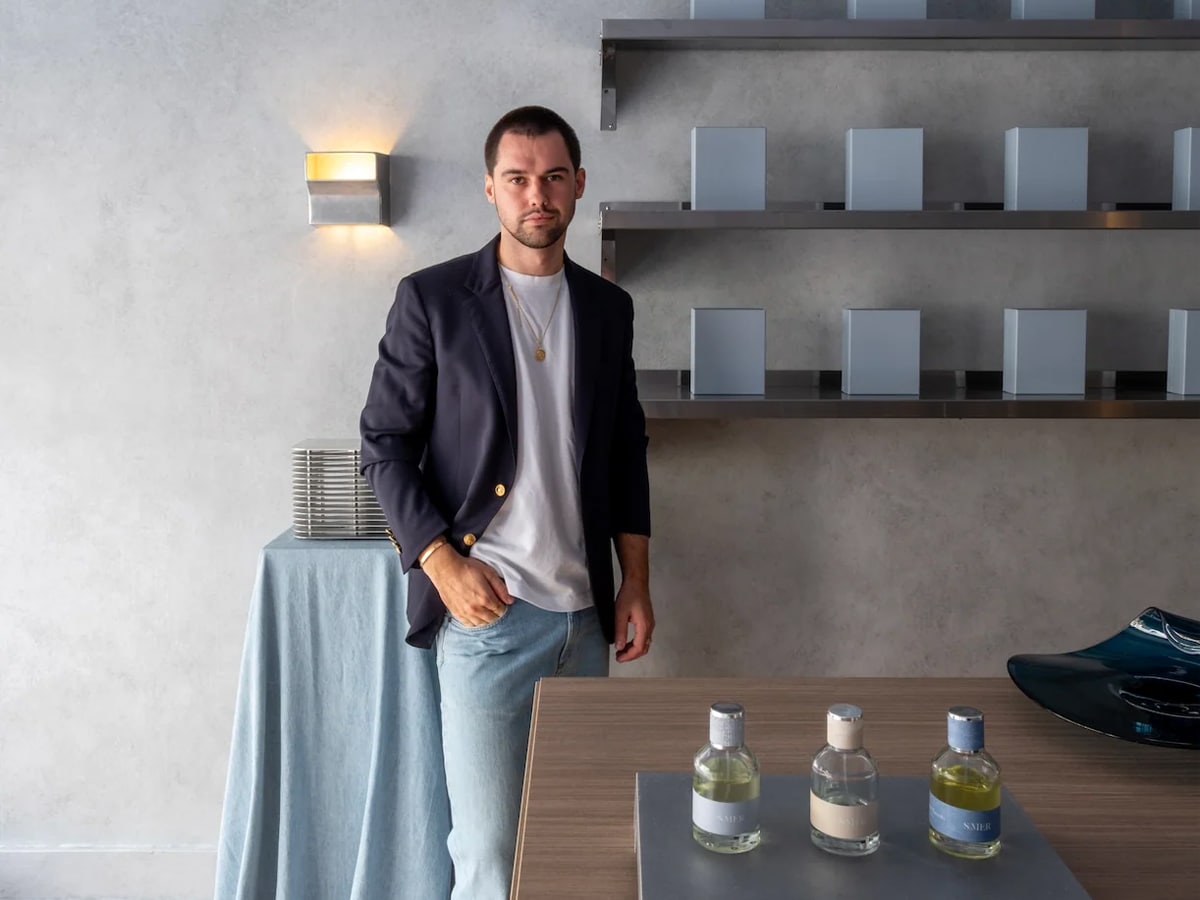
(S)MER
| Founded: | 2025 |
| Founder: | Ed Hansen |
| Style: | Fresh |
| Best-Sellers: | Bois du Matin |
Ethical & Sustainable
For the fragrance industry at large, ethical production remains a key talking point. The sector is still largely dominated by synthetic scents, many of which contain chemicals that may be linked to hormone disruption, allergies and organ toxicity. Anna Weatherlake, co-founder of Melbourne-based natural fragrance house Váhy, is determined to change all that.
The former media specialist launched Váhy in 2020 alongside lawyer Kate Macdonald to combat the spate of mass-produced chemical-based products. As she explained, the brand’s genesis came when the pair went looking for a natural product that did not compromise sophistication from its synthetic counterpart and found nothing.
“You are spraying these products on really sensitive parts of your body, so we just thought, there’s got to be a better way. The challenge for us was finding that gap between the ‘hippie’ essential oil market and the fine fragrance market.”
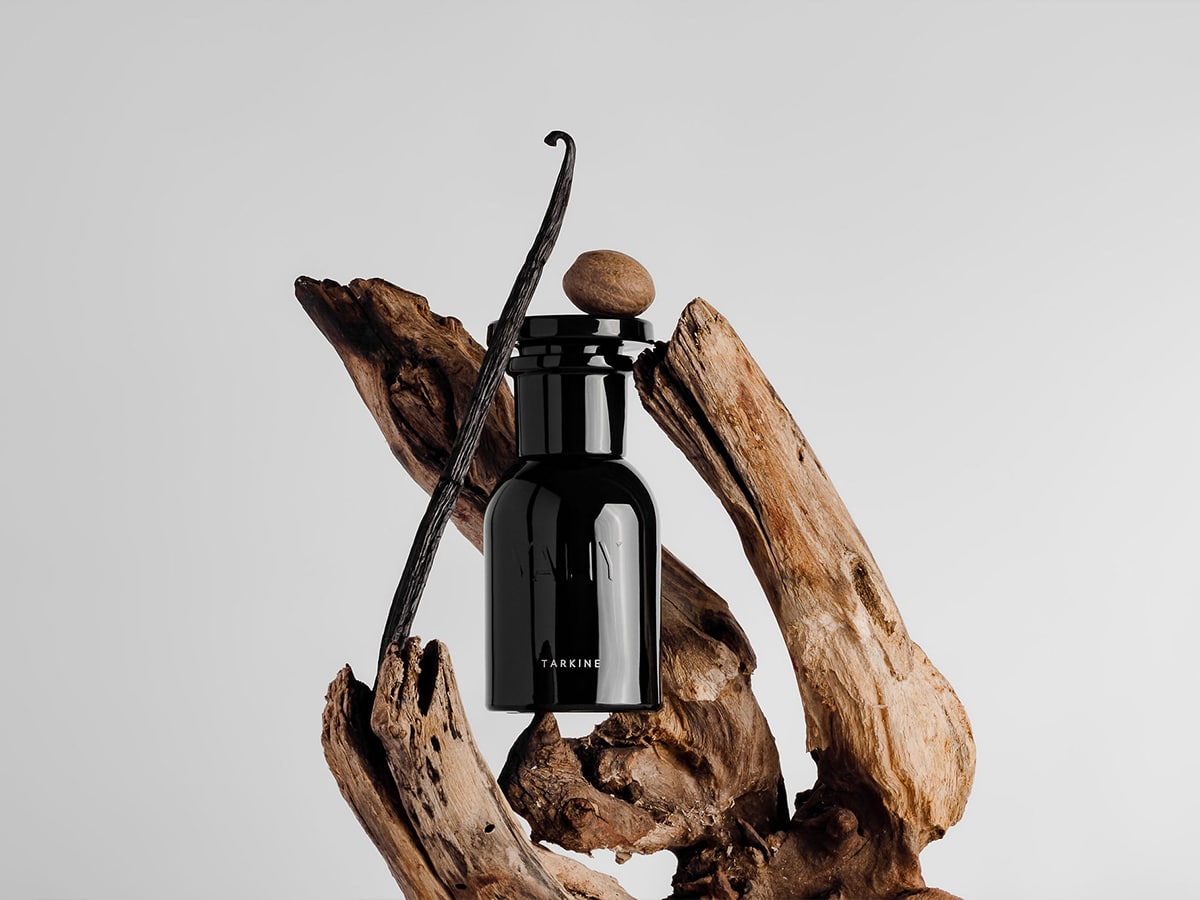
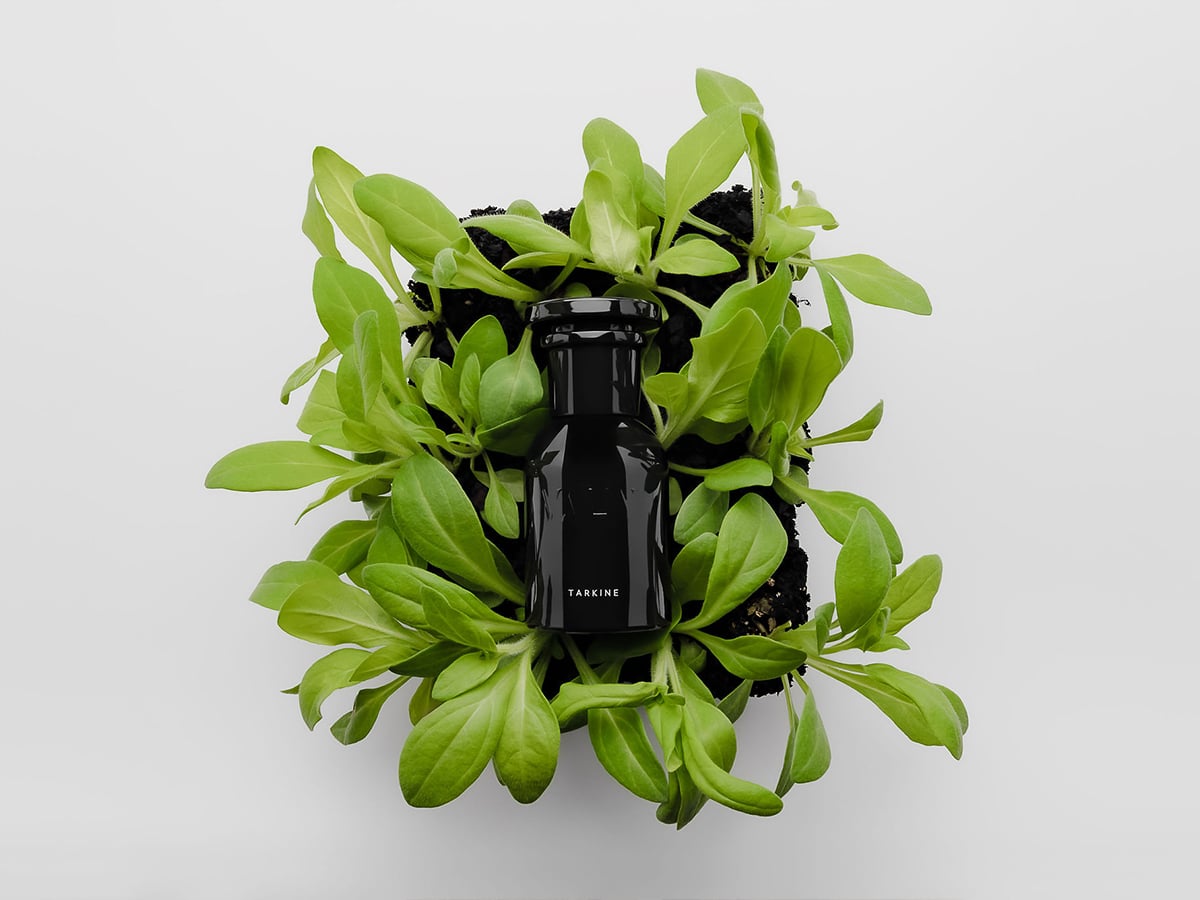
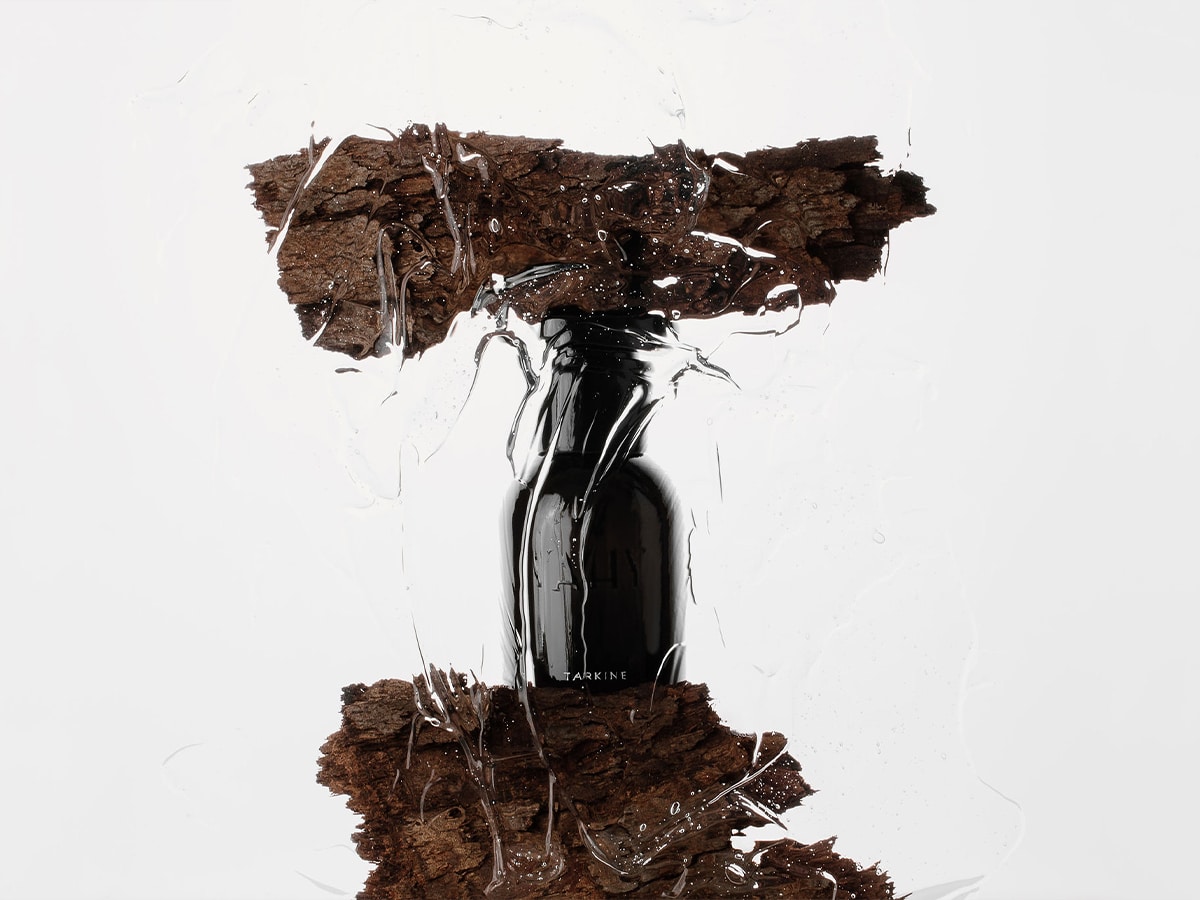
The answer, Weatherlake reveals, was in sourcing. By procuring ingredients like native Australian sandalwood and ethically farmed French lavender from top-tier, natural producers, Váhy was able to create a stellar collection of premium, genderless scents.
Amber Haze, the maison’s best-selling fragrance, is warm ambury release that evoke a sense of autumn winter, while the recent Tarkine release is inspired by the Tasmanian Tarkine rainforest. Woody, rich and intense, this fragrance would have been viewed as male-centric in previous eras, but not anymore.
“The lines are blurred now between what is a male scent, what is a female scent.”
As Weatherlake explains, Váhy’s ethical production isn’t limited to the manufacturing floor. To ensure all scents are created using 100 per cent natural methods, the team employs a culture of ‘radical transparency’ that starts with full-scale traceability of ingredients. All suppliers are certified cruelty-free, and every pillar of transparency must be ticked off; even the orange oil used in Váhy products is upcycled from the organic orange juice trade to minimise waste.
“Our Australian sandalwood comes from this amazing Aboriginal community up in the Northern Territory that has 16 years of mixed-generation trees growing on their plantation. Instead of using pesticides to keep the weeds and bugs at bay, they use goats,” Weatherlake says.
“For us, the genuine meaning of ‘natural’ is ensuring it is coming from a 100 per cent natural source. We really want to know where every single one of our ingredients is coming from and ensure it’s sourced sustainably, humanely, and cruelty-free. We see the makeup industry and the cleaning product industry going through these radical changes; we’ve always wanted to make sure that we are at the forefront of that.”
Váhy
| Founded: | 2020 |
| Founders: | Kate Macdonald & Anna Weatherlake |
| Style: | Natural, Cruelty-Free |
| Best-Sellers: | Amber Haze |
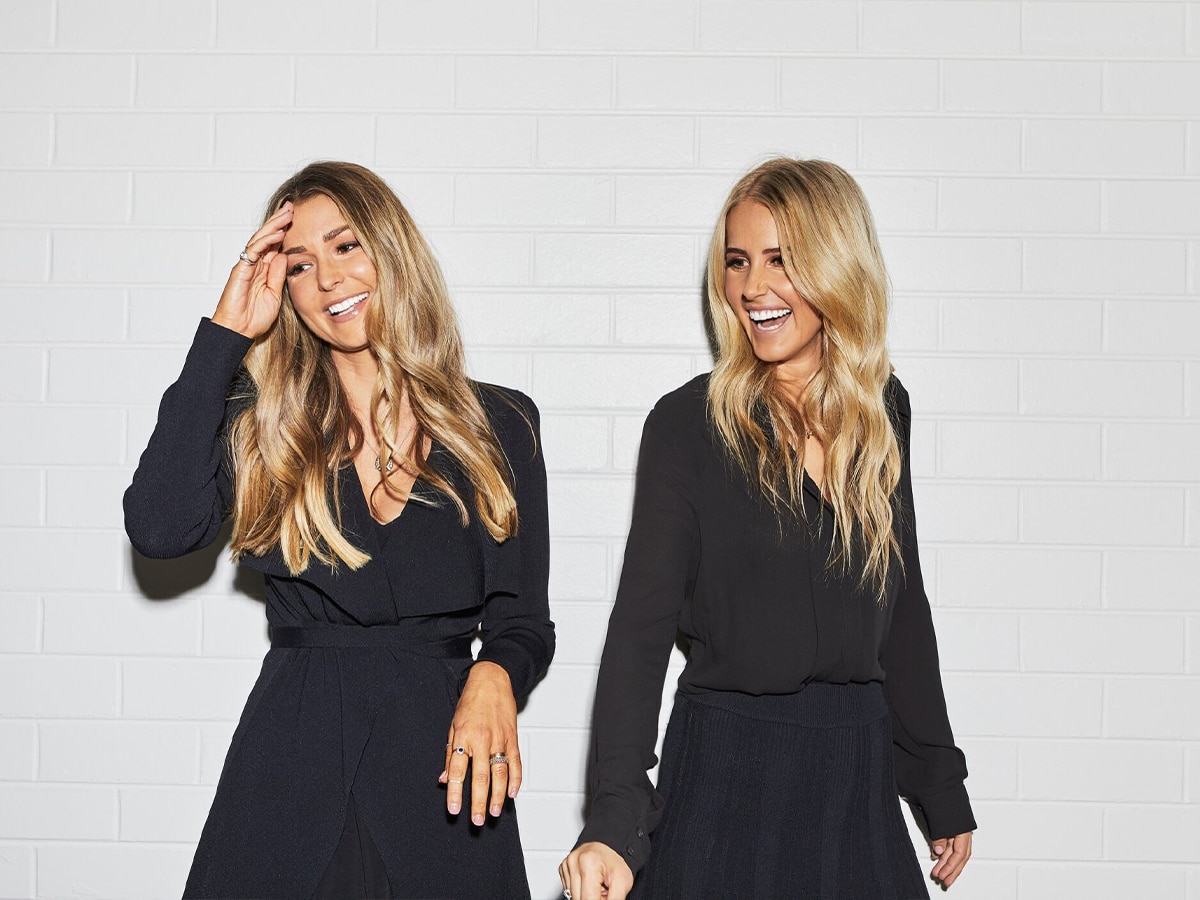
A Native Focus
Like Váhy, both Goldfield & Banks and The Raconteur prioritise native Australian botanicals as key ingredients. Goldfield & Banks’ Pacific Rock Moss fragrance was the business’ first breakout scent, exuding a distinctive marine note elevated by cedar wood and fresh sea spray. The genderless fragrance was designed to represent summer days spent diving into Australia’s blue waters; however, Weber believes that Purple Suede, a botanical release typified by Tasmanian lavender, leather, and oud, is the proper encapsulation of the brand’s identity.
“It’s bold, elegant, and rooted in the land. It has that perfect tension between raw nature and sophistication.”
Similarly, for The Raconteur’s Andrade, leveraging ingredients that are not only native to Australia but exclusive to the maison has been an undeniable advantage. The maison’s recently released No-Tell Motel, which Andrade playfully describes as a “dirty martini hooking up with a spicy margarita,” features a unique olive fruit absolute.
“It’s an actual extract from olives. I don’t know of another scent in the world that’s done this in fine fragrance; you generally can’t,” he says. “No one has ever produced a scent note from actual olives. Generally, all of the olive notes you get in perfumery are a construct or an accord created by perfumers to mimic the scent of an olive. So this is pretty rare because it’s got this insane olive fruit absolute.”
The perfumer also revealed that the secondary note, spice, comes through the introduction of a wild-harvested Tasmanian mountain pepperberry. Extracted using CO2, the compound adds a beautiful green spice that Adrade says is earthy and a little bit creamy but entirely unique.
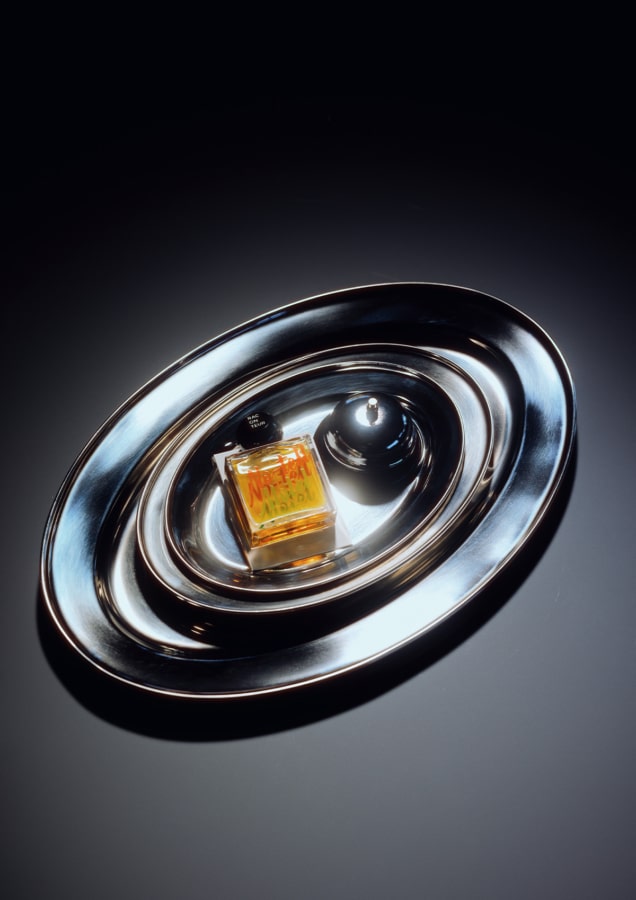

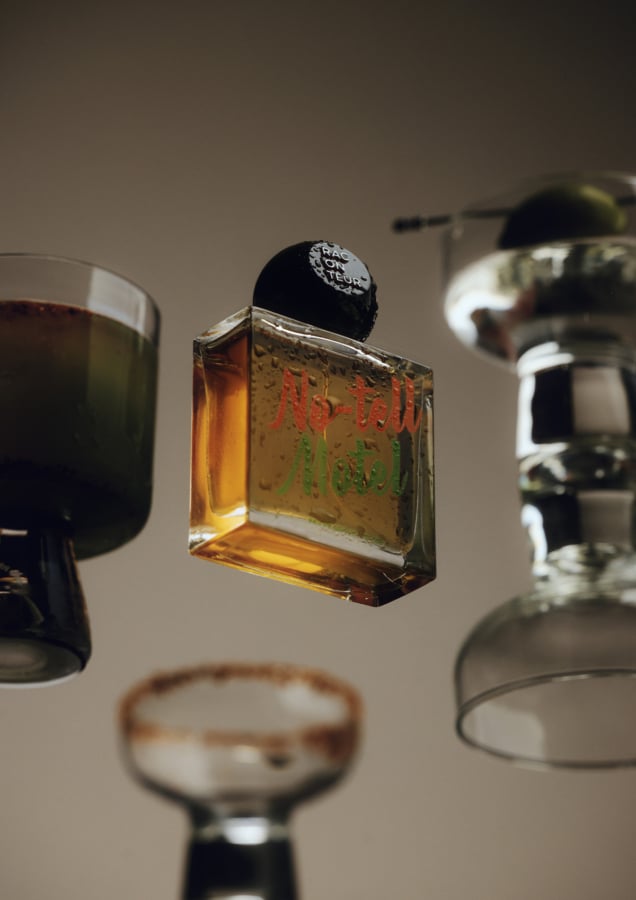
“I’m the only person who has this CO2 extract in the world; it’s proprietary,” he explains. “As it stands and through general extract, it is too rough. It’s very overpowering and has a lot of rough edges, so this proprietary extract is the way we were able to finally get a truer reflection of the underlying ingredient. It’s a spice that no one has used in perfumery before, and what it brings together; that Tasmanian mountain pepper CO2 extract is this insane olive absolute. It’s nuts.”
Andrade’s enthusiasm for his new scent is infectious, but it speaks to the beguiling position that the Australian fragrance industry now finds itself in. As technology increases and consumer education ramps up, the possibilities of where the nation’s most pioneering perfumers will go are seemingly endless. One thing is for certain, however; Australian fragrance is no longer simply catching up to Europe’s perfumery tradition; it’s rewriting it.
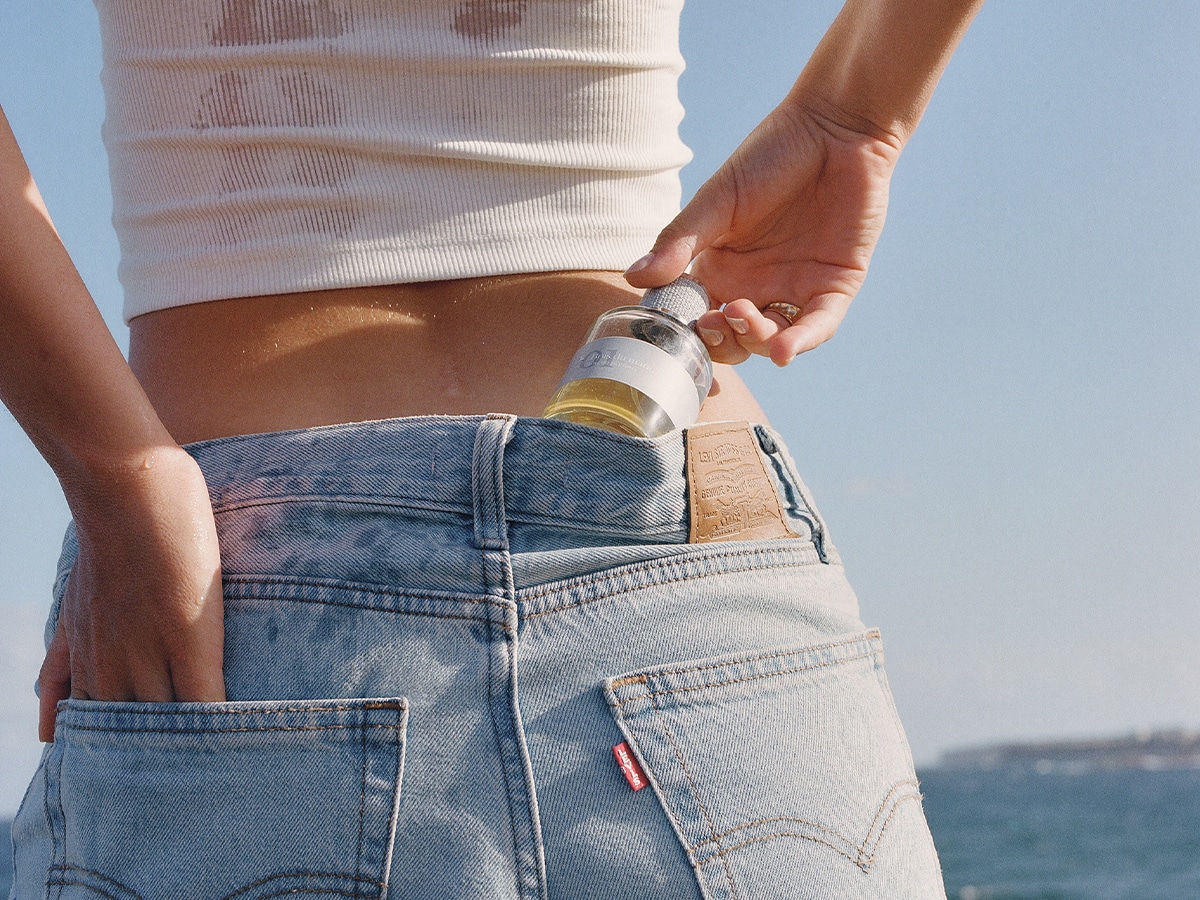
The Future of Australian Fragrance
From The Raconteur’s irreverent native botanicals to Váhy’s clean beauty stance, Goldfield & Banks’ luxury storytelling, and (S)MER’s architectural approach to scent, the new guard of Australian fragrance producers is proving that Australia punches well above its weight on the global scale. As Weatherlake concludes, while Paris and Madrid may well lay claim to tradition, no one does boutique quite like the Aussies.
“There is a real drawcard with the Australiana focus of scent; brands like Goldfield & Banks are doing really good things for the industry,” Weatherlake says. “The great thing about Australian brands is, in many ways, we all band together to support and help each other, but we are all doing different things. I think there is a real wave of Australian beauty brands coming through, not just in fragrance.”



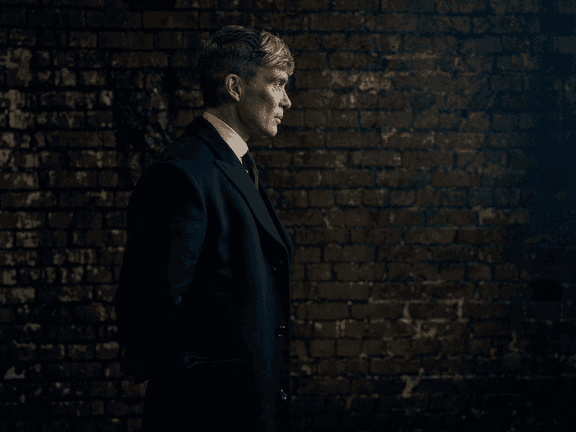

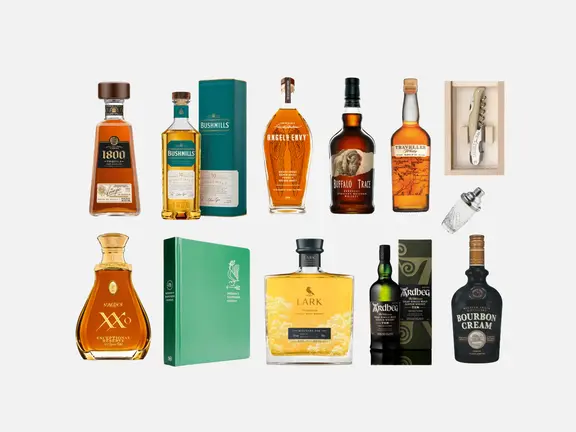


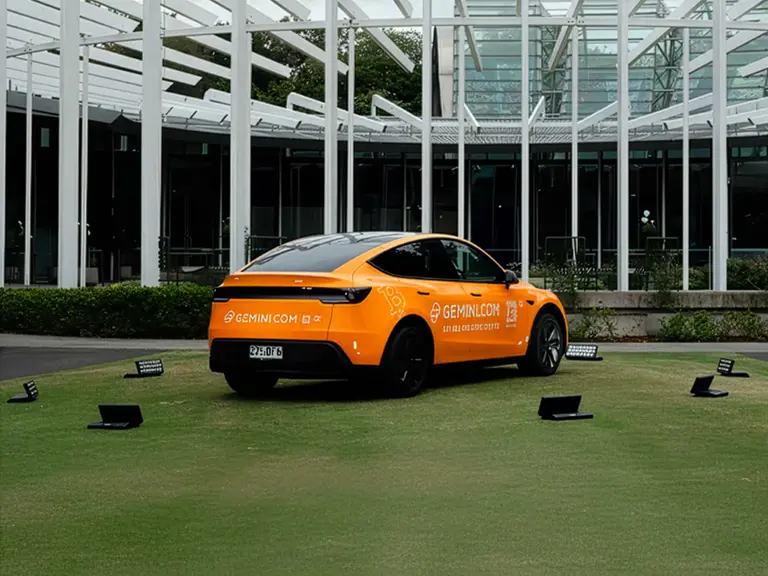

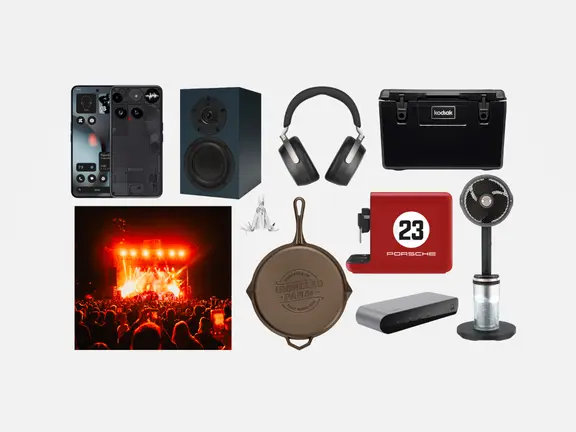




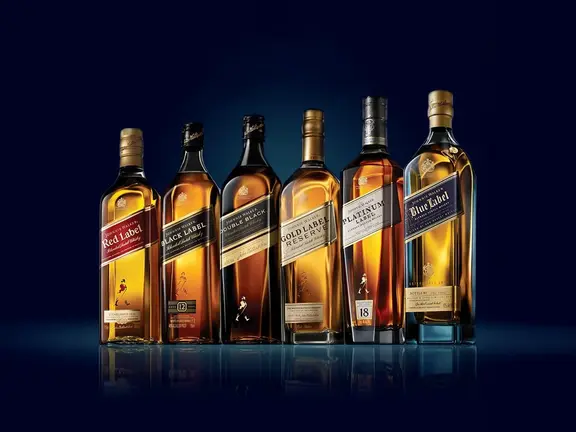
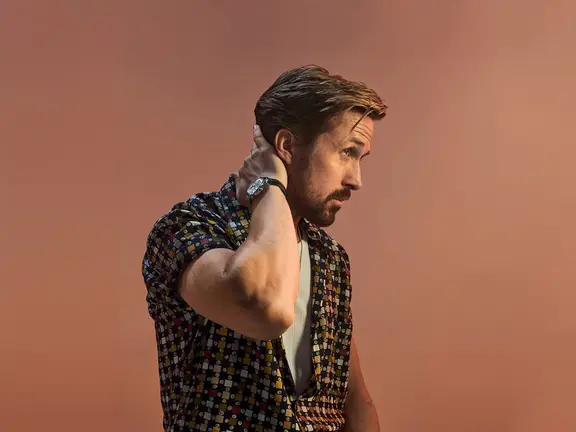





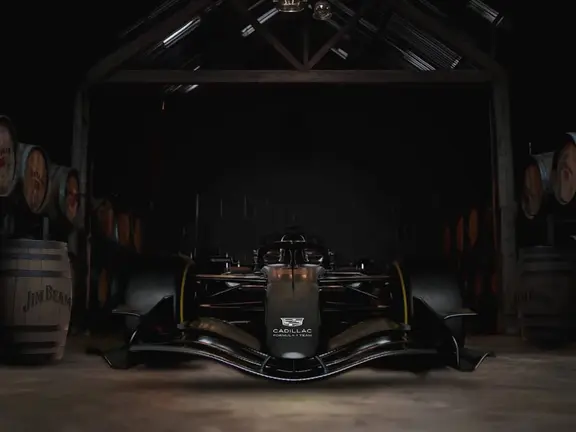

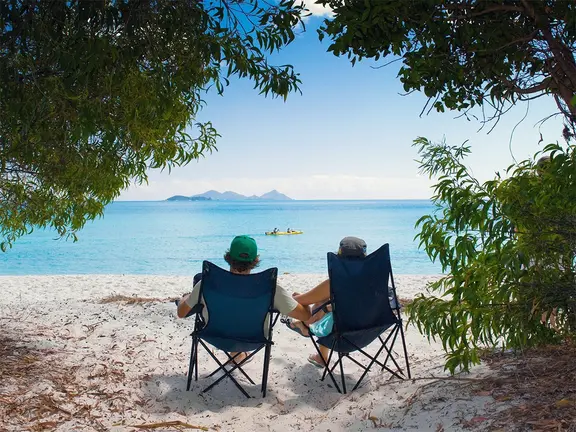

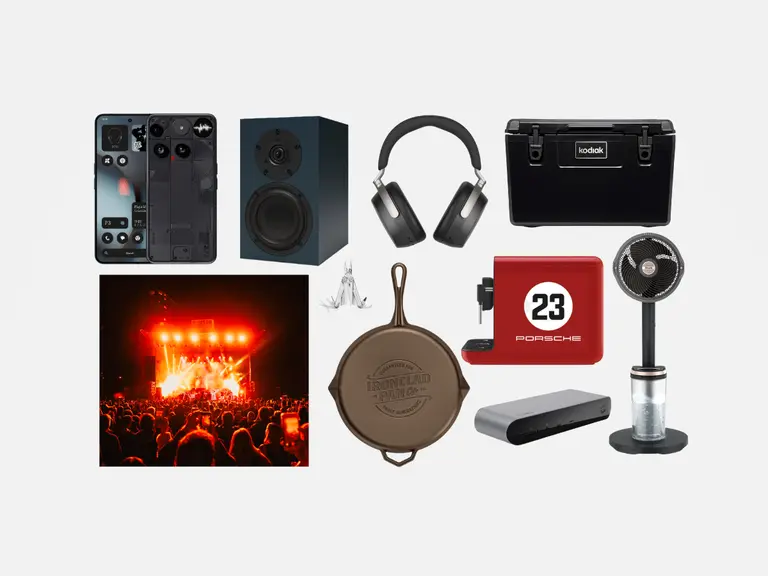






Comments
We love hearing from you. or to leave a comment.